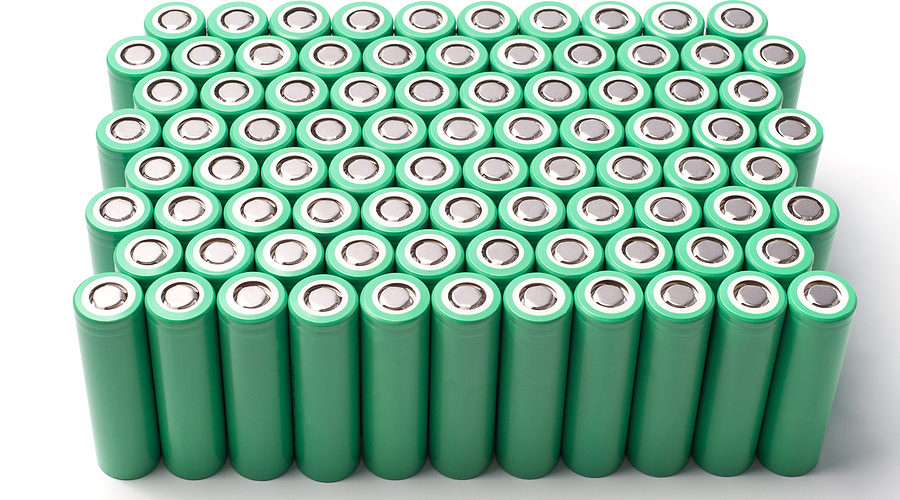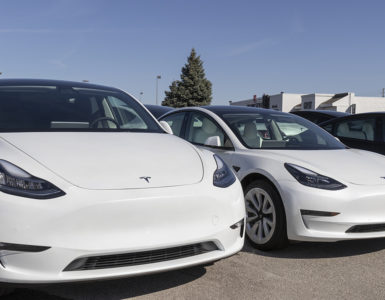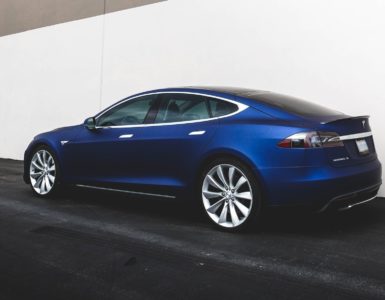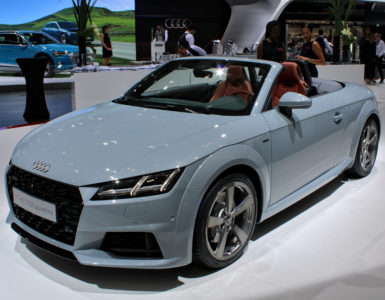The majority of electric vehicles available today obtain their battery packs from a large array of 18650 batteries. Tesla relies heavily upon 18650 battery technology for the majority of their power storage in both powerwall devices and their cars. Tesla actually have partnered directly with Panasonic who manufacture 18650 batteries at the same facility as the Tesla production line. While many people maybe know some or all of these facts I just mentioned, what many people don’t understand is the technology of the 18650 battery itself, this article will explain everything you need to know.
What is a 18650 lithium ion rechargeable battery?
To start off with the proper name for these powered elements is “18650 Cell”. The 18650 cell provides a voltage of 3.7 V and (1800mAh and 3500 mili-amp-hours). Some versions of these cells are capable of providing voltages between the ranges of 2.5 volts and 4.2 volts, or a charging voltage of 4.2 volts, but the nominal voltage of a standard 18650 is 3.7 volts. On average an 18650 cell takes up to 4 hours to charge completely, however certain versions as mentioned earlier have varying amperage and voltage and thus charge time may differ. Another factor about 18650 batteries is that they are offered in two options which are the protected and unprotected versions, the difference being the protected version has an electronic circuit built in, this circuit functions as a breaker that protects the cell from getting over charged or over discharged. As most of you would have already the ‘unprotected’ versions are much cheaper.
Recycling & Reuse
From a recycling point of view lithium-ion battery recycling factor is among the epitomes of waste management. Most lithium-ion batteries still have about 80% of their charge after they are practically declared ‘dead’ by their owners. Used lithium batteries have second-life durations that are able to last a decade making used lithium based batteries extremely valuable. For example a Tesla battery is worth around $1500 (£1200) that holds a market value of between $10,000 and $15,000. Up to a decade ago much of the initiatives to enhance the spectrum of Li-ion battery recycling have been mainly related to independent academic research groups. However, this scenario has started to change quite significantly due to the enormous quantity of spent Li-ion batteries that are being thrown out from not just ubiquitous portable electronics, but also electric vehicles. With the current growth of the electric vehicle (EV) industry that is poised to grow, it is to be expected that lithium-ion batteries that power these vehicles will increase the waste ratio of LI-ion batteries. According to a study the Electric Vehicles that were sold worldwide in 2017 accounted for 250,000 tonnes of spent lithium-ion batteries. These batteries will be considered waste within 8 to 10 years as they would be replaced by 2025. Given the fact that these batteries are made in order to keep up with the demand for EVs, it would be a critical factor for the materials from these used batteries to be recovered in order to maintain a sustainable industry that carries the pollution diminishing factor that is among the primary industry drivers. As of 2020, the existing recycling methods are considered to be ‘not as efficient as they would preferred to be’ let alone as profitable as they should be in order to ensure the sustainable progress of the industry. In essence, the biggest or rather the most important question that automakers need to ask is: “what is to be done with all the batteries as their use expires”. Landfills are definitely out of the question, leaving recycling as the only viable option that they can look upon.





Add comment